Steam engines represent one of humanity’s most transformative inventions, converting water and fire into mechanical power that built the modern world. These magnificent machines still operate in locations across America, maintained by dedicated volunteers and skilled engineers who understand the complex relationship between pressure, temperature, and mechanical precision required to keep steam power alive.
Witnessing a steam engine in action provides a visceral connection to industrial history that no museum display can replicate. Here is a list of 15 places where visitors can experience the power, sound, and spectacle of working steam engines.
Cass Scenic Railroad, West Virginia
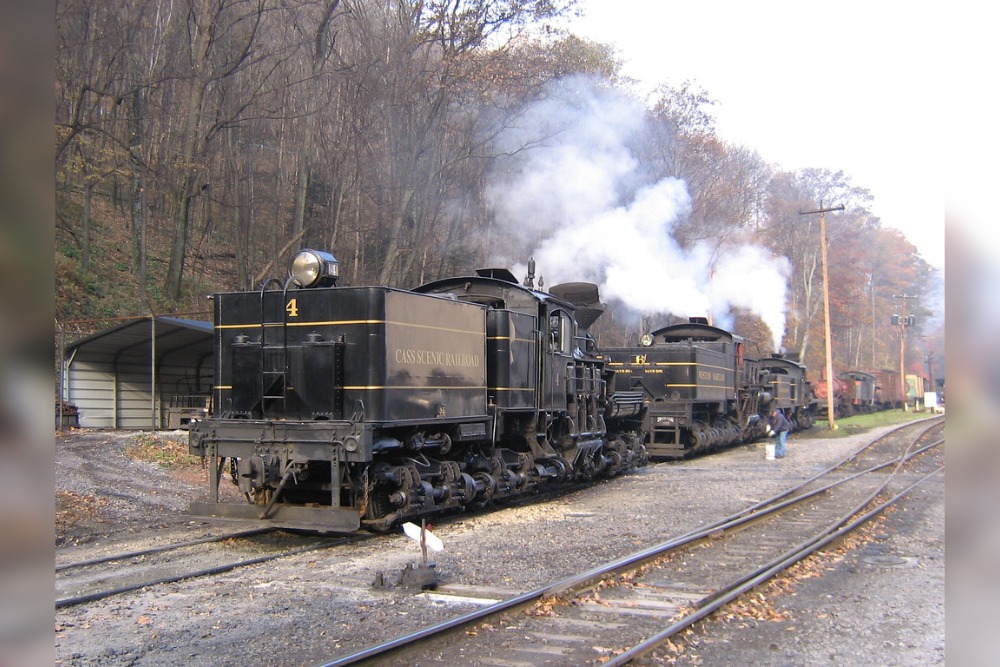
The restored Shay locomotives that climb the mountain grades to Bald Knob demonstrate the specialized engineering required for steep terrain logging operations. These geared steam engines produce incredible amounts of torque while negotiating curves and grades that would challenge modern diesel locomotives.
The distinctive sound of their three-cylinder engines echoes through the mountains as they pull passenger car upgrades that reach 11%, showcasing the ingenuity of turn-of-the-century engineering solutions.
Durango & Silverton Narrow Gauge Railroad, Colorado
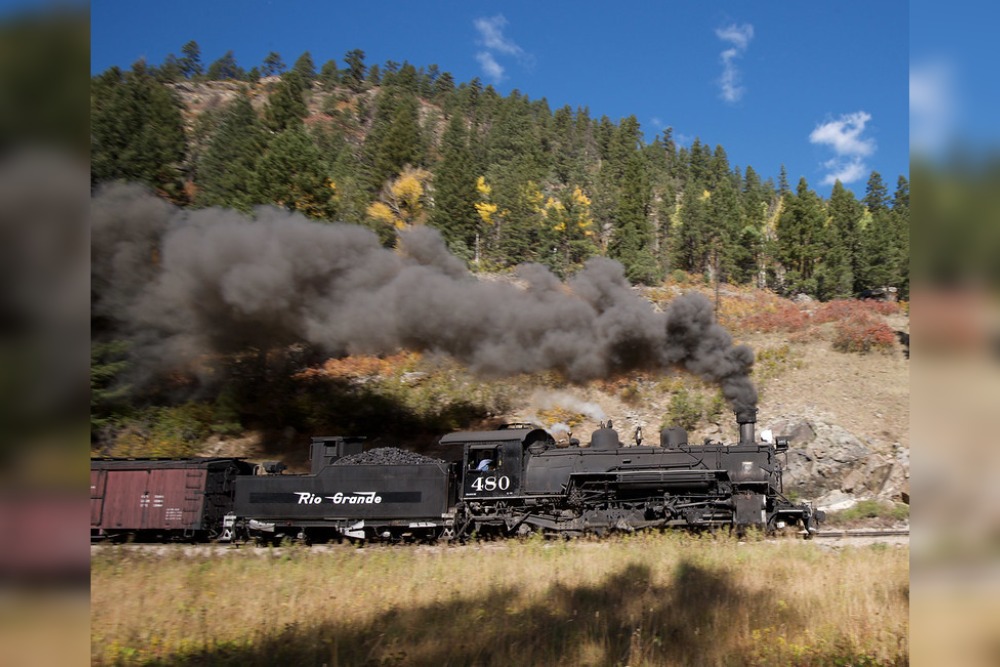
The coal-fired steam locomotives that traverse the Animas River Canyon have operated continuously since 1882, making this one of the last authentic steam railroad operations in America. The engines burn four tons of coal and consume 5,000 gallons of water during the nine-hour round trip to Silverton, demonstrating the massive appetite for steam power.
Passengers can observe the fireman’s constant work feeding coal into the firebox and watch the engineer’s skilled manipulation of throttle and brake controls.
Like Travel Pug’s content? Follow us on MSN.
Steamtown National Historic Site, Pennsylvania
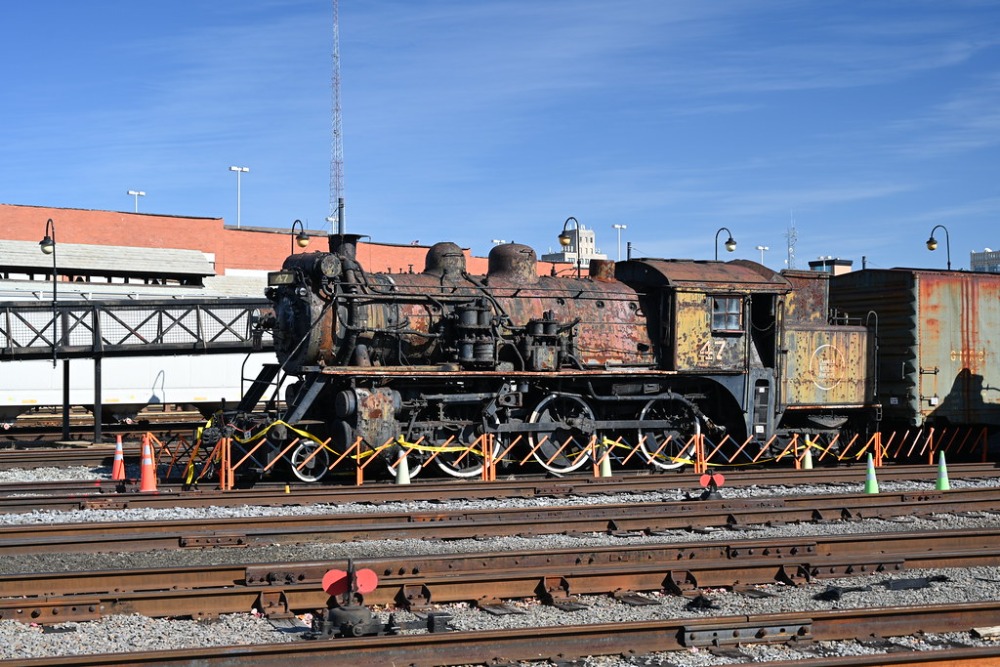
This former railroad yard in Scranton showcases steam locomotives from multiple eras, with working engines that demonstrate different approaches to steam power generation. The turntable operations allow visitors to see how steam engines were serviced and prepared for their runs, while the working roundhouse provides insight into the skilled crafts required to maintain these complex machines.
Live demonstrations show how steam pressure builds and how engineers control power output through precise throttle adjustments.
Mount Washington Cog Railway, New Hampshire
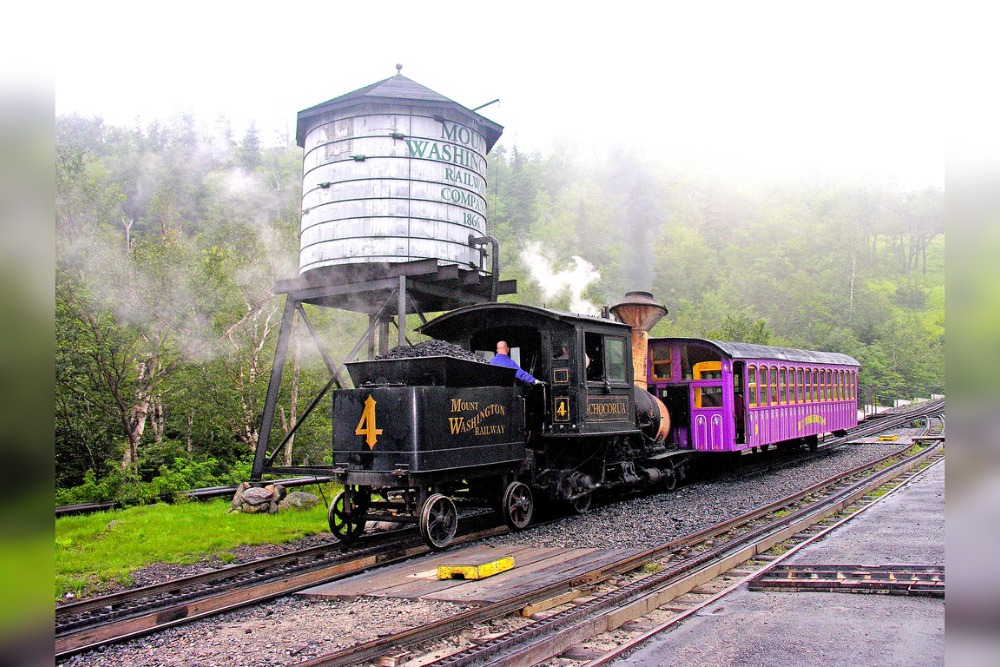
The world’s first mountain-climbing cog railway features steam engines that push passenger car upgrades reaching 37%, demonstrating specialized engineering designed for extreme conditions. The locomotives use a unique rack-and-pinion system that prevents them from sliding backward on steep grades, while their vertical boilers handle the extreme angles better than conventional horizontal designs.
The three-mile journey to the summit showcases steam power’s ability to overcome seemingly impossible obstacles.
Strasburg Rail Road, Pennsylvania
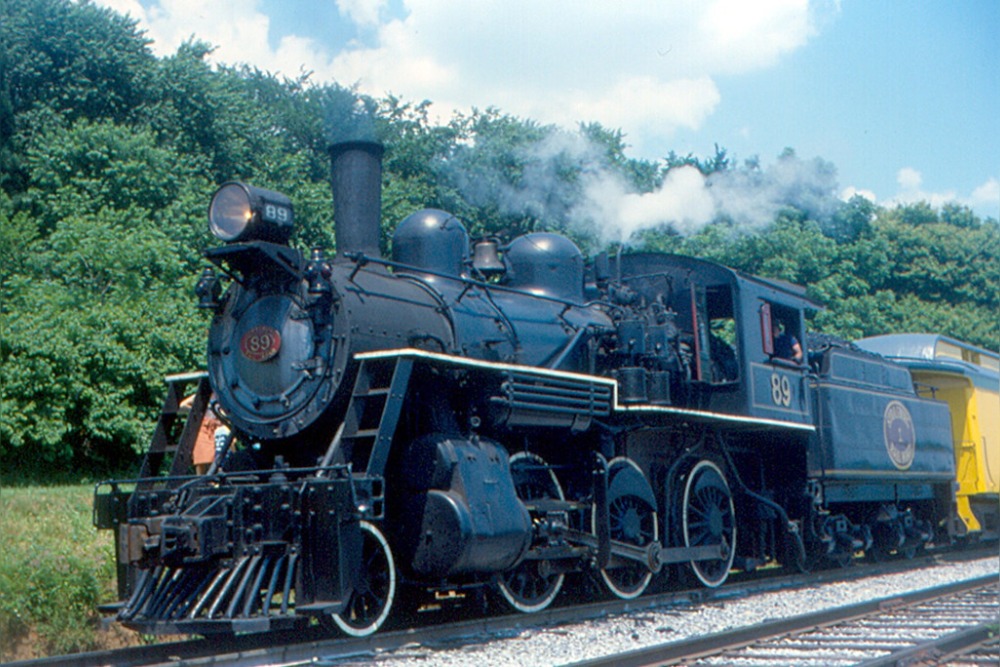
America’s oldest operating railroad features authentically restored steam locomotives that pull passenger trains through Pennsylvania Dutch country on tracks that have carried trains since 1832. The railroad’s collection includes engines from different eras, allowing visitors to compare the evolution of steam technology from simple 19th-century designs to the complex super-power locomotives of the 1940s.
The maintenance shop offers behind-the-scenes tours where visitors can observe skilled craftsmen rebuilding boilers, machining replacement parts, and performing the intricate work required to keep century-old machines operational.
Like Travel Pug’s content? Follow us on MSN.
Great Smoky Mountains Railroad, North Carolina
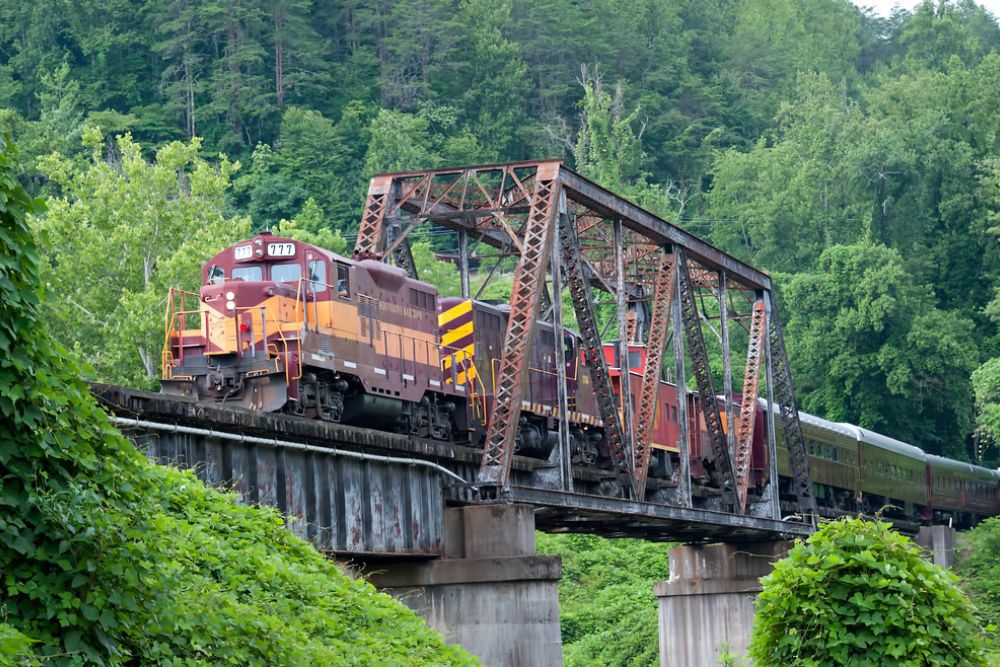
The restored steam locomotives that travel through the Nantahala Gorge showcase the power required to pull passenger trains through mountain terrain while providing spectacular views of waterfalls and wilderness areas. The engines negotiate tight curves and steep grades that demonstrate the superior traction characteristics of steam power compared to early diesel technology.
Passengers can observe the constant interaction between engineers and firemen as they work together to maintain proper steam pressure and water levels throughout the journey.
Nevada Northern Railway, Nevada
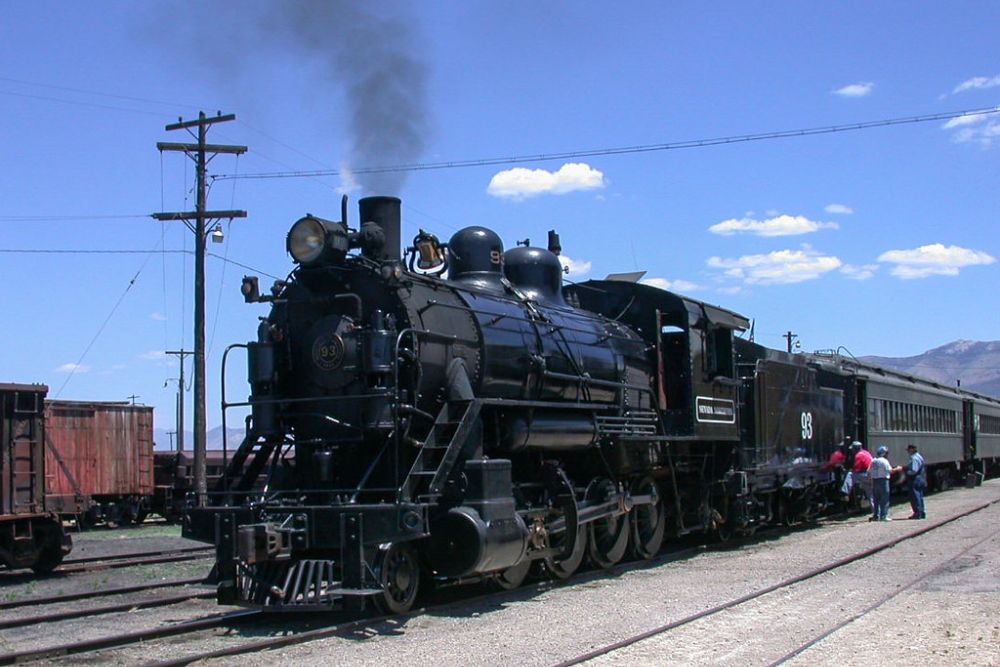
This completely intact steam railroad operation in Ely preserves an entire transportation system, from the roundhouse and machine shops to the depot and yards, allowing visitors to experience steam railroading as it existed in the early 20th century.
The railroad’s steam locomotives still haul freight cars loaded with copper ore, demonstrating the industrial applications that made steam power essential to American economic development. Visitors can participate in engineer-for-a-day programs that provide hands-on experience operating these powerful machines.
Cumbres & Toltec Scenic Railroad, Colorado/New Mexico
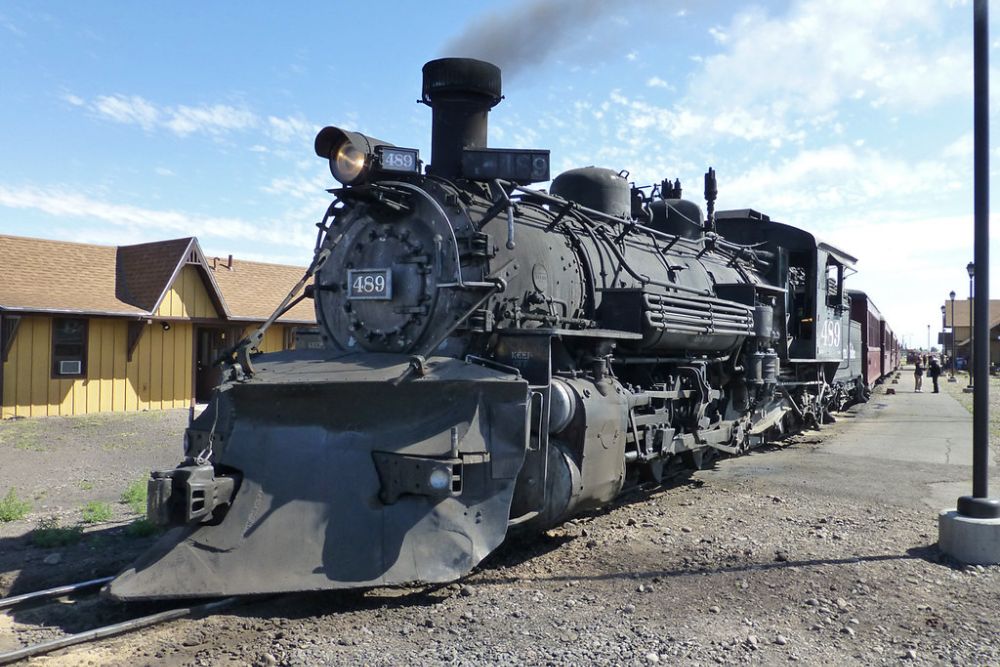
The narrow-gauge steam locomotives that traverse the San Juan Mountains between Colorado and New Mexico demonstrate the specialized engineering required for mountain railroading in challenging terrain. These engines burn coal while climbing to elevations above 10,000 feet, showcasing steam power’s ability to operate in extreme conditions where oxygen levels affect both human performance and combustion efficiency.
The 64-mile journey features engineering marvels like the Toltec Gorge bridge and numerous tunnels that required steam-powered construction equipment to build.
Like Travel Pug’s content? Follow us on MSN.
Western Railway Museum, California
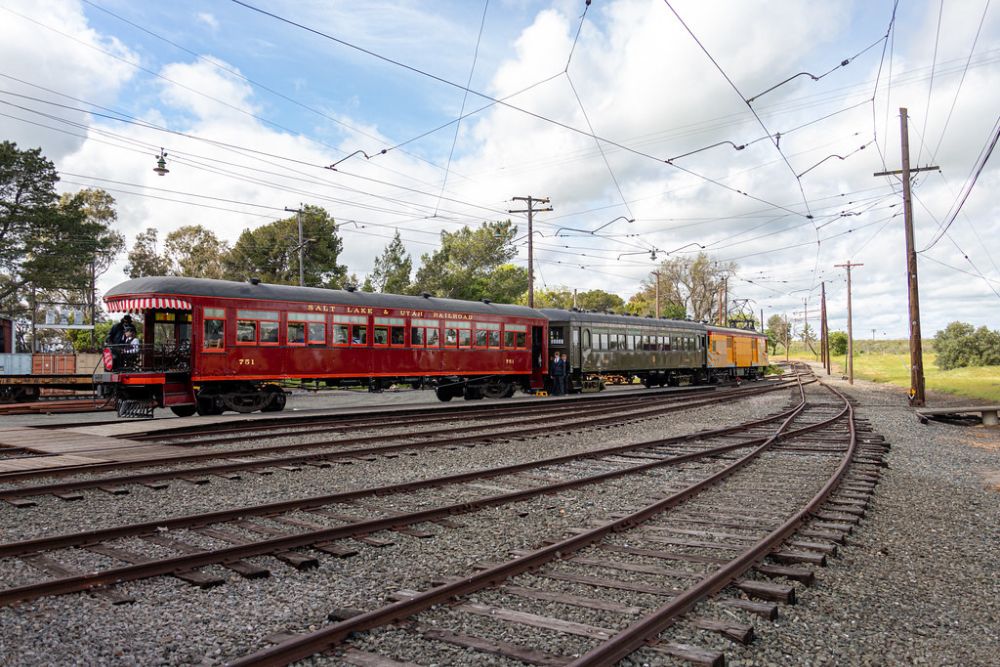
The collection of preserved steam locomotives and streetcars demonstrates the variety of steam applications that once powered urban and interurban transportation systems throughout America. The museum operates steam-powered streetcars that show how this technology adapted to passenger service in crowded city environments, while the locomotive collection showcases the progression from simple switching engines to powerful mainline freight haulers.
Live demonstrations explain the principles of steam generation and the mechanical systems that convert thermal energy into rotational motion.
East Broad Top Railroad, Pennsylvania
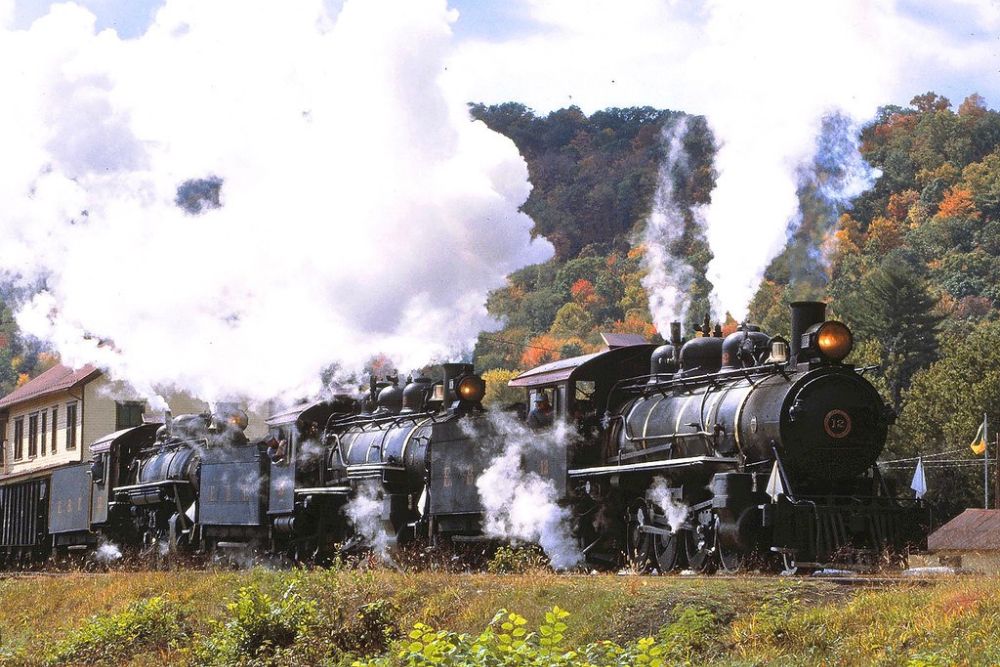
This narrow-gauge railroad preserves the complete infrastructure of a coal-hauling operation, including steam locomotives, rolling stock, and the entire support system required to maintain steam power in a remote mountain location. The engines that once hauled coal from mountain mines to standard-gauge connections demonstrate the economic importance of steam technology in extracting natural resources from difficult terrain.
The railroad’s machine shops contain the original equipment used to build and repair steam locomotives, providing insight into the skilled trades that supported steam railroading.
Boothbay Railway Village, Maine
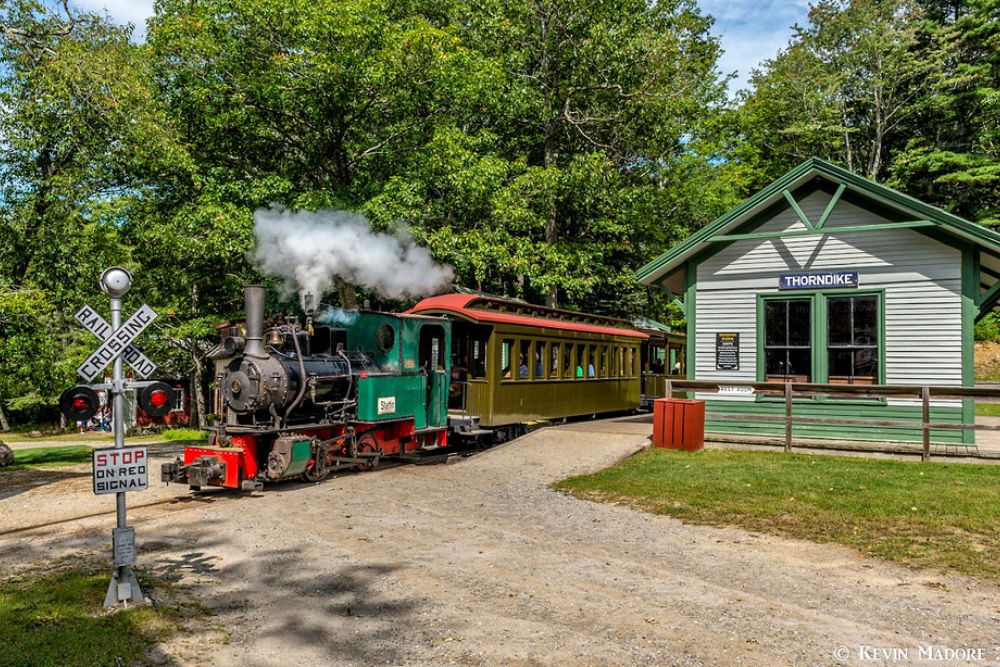
The collection of narrow-gauge steam equipment demonstrates the specialized applications of steam power in Maine’s logging and granite industries, where standard-gauge railroads couldn’t navigate the tight curves and steep grades required to reach remote work sites. The operating steam engines pull passenger trains through recreated village settings that show how steam technology was integrated into rural communities.
The museum’s restoration shop allows visitors to observe the painstaking work required to return century-old steam engines to operational condition.
Like Travel Pug’s content? Follow us on MSN.
Grand Canyon Railway, Arizona
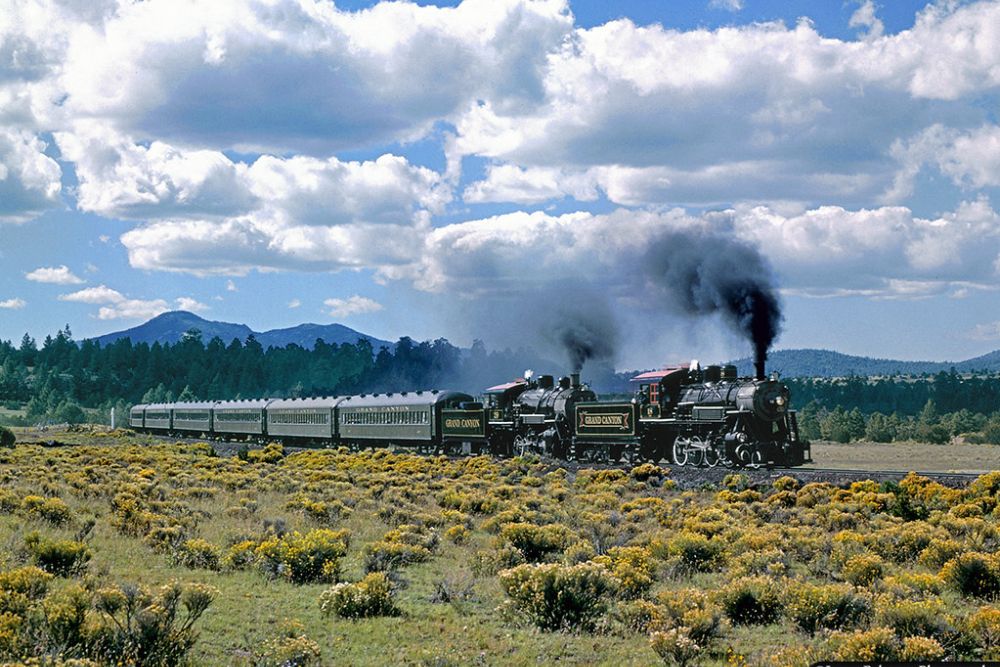
The restored steam locomotives that pull passenger trains from Williams to the Grand Canyon demonstrate the role of steam power in opening the American West to tourism and development. These engines burn recycled vegetable oil instead of coal, showcasing modern adaptations that allow historic steam technology to operate within modern environmental standards.
The 65-mile journey through high desert terrain shows how steam locomotives handled the long-distance passenger service that connected remote destinations to the national transportation network.
Tweetsie Railroad, North Carolina
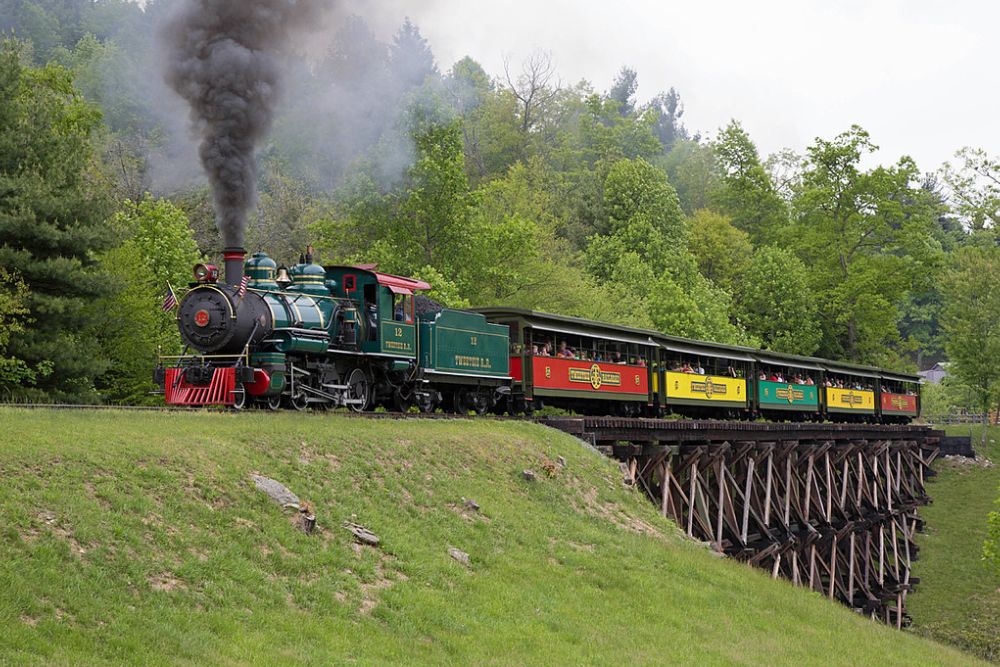
The narrow-gauge steam locomotives that operate in this Blue Ridge Mountains theme park demonstrate the specialized engineering required for mountain logging operations, where standard-gauge equipment couldn’t navigate the tight curves and steep grades necessary to reach remote timber stands.
The engines pull passenger trains through scenic mountain terrain while providing entertainment that showcases the power and spectacle of steam technology. The railroad’s maintenance facilities offer glimpses of the skilled work required to keep these complex machines operational.
Roaring Camp Railroads, California
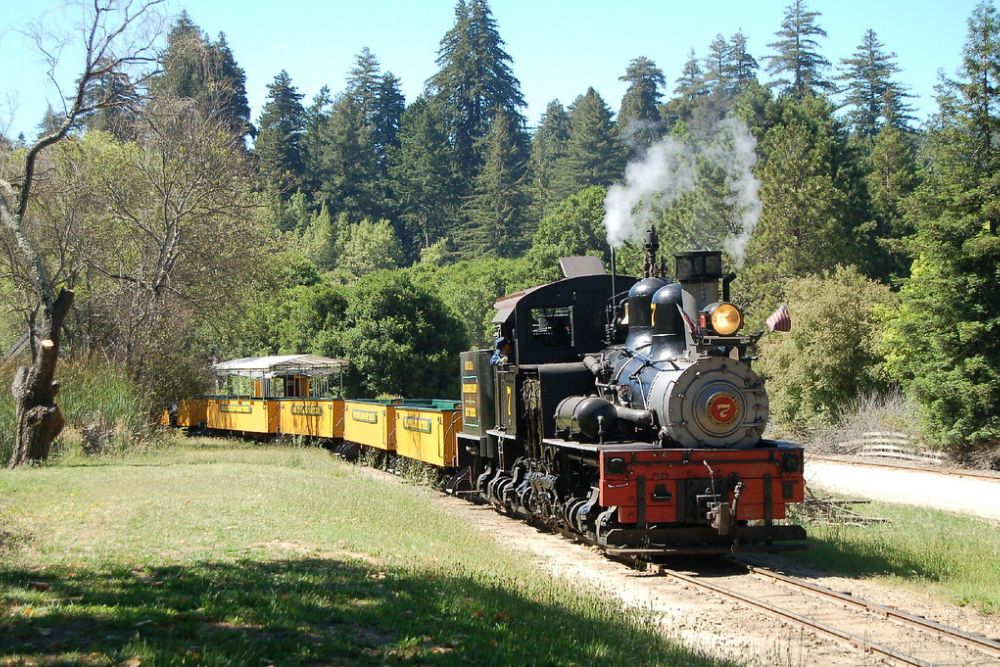
The collection of narrow-gauge steam locomotives in the Santa Cruz Mountains demonstrates the specialized applications of steam power in California’s logging industry, where massive redwood trees required powerful equipment to extract timber from steep mountain terrain. The engines climb grades through dense forests while pulling passenger trains that showcase the engineering challenges overcome by steam technology.
The railroad operates both narrow-gauge and standard-gauge steam equipment, allowing visitors to compare different approaches to steam locomotive design.
Like Travel Pug’s content? Follow us on MSN.
Valley Railroad, Connecticut

The restored steam locomotives that operate along the Connecticut River demonstrate the role of steam power in New England’s industrial development, pulling passenger trains through landscapes that showcase the region’s manufacturing heritage.
The engines negotiate the challenging grades and curves of the Connecticut River valley while providing views of historic industrial sites and natural areas. The railroad’s restoration shop maintains these complex machines using traditional crafts and modern techniques that preserve authentic steam technology.
Power That Built America
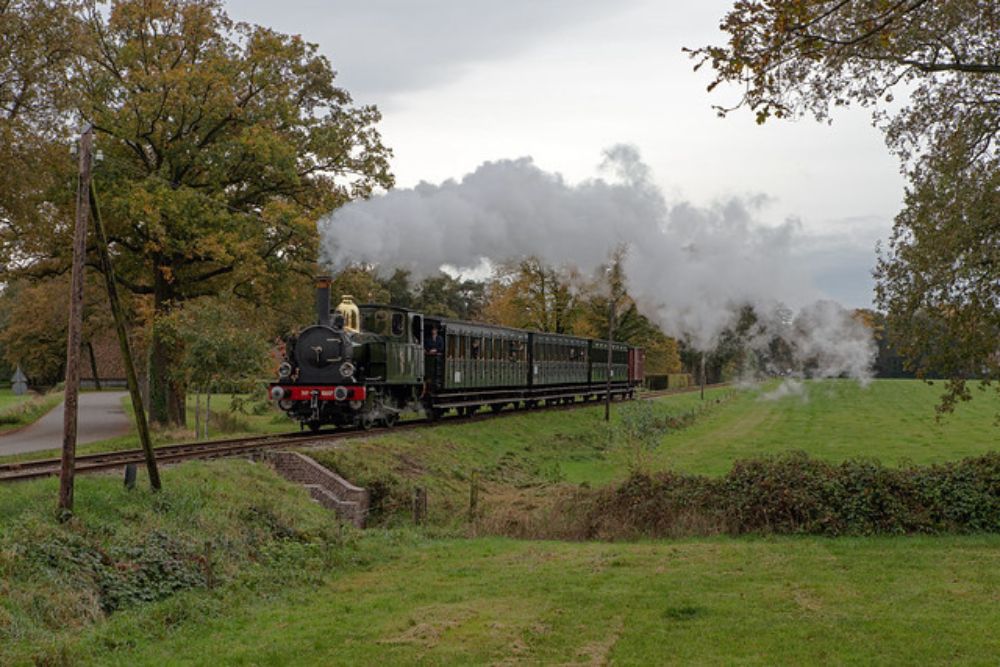
These operating steam engines represent more than historic preservation—they demonstrate the mechanical principles and industrial processes that transformed America from an agricultural society into a modern industrial nation. Each locomotive showcases the ingenuity of engineers who solved complex problems using the materials and manufacturing techniques available in their era.
The continued operation of these machines provides tangible connections to the industrial heritage that shaped our modern world, allowing visitors to experience the power, complexity, and craftsmanship of steam technology in action.
More from Travel Pug

- 20 Best Beach Towns in the Carolinas
- 13 Destinations Where Tourists Regularly Regret Their Trip
- 20 Things You Actually Get in First Class
- 20 Small Airports With Aviation Museums
- 20 Places in the U.S. That Are Perfect for a Reset Trip
Like Travel Pug’s content? Follow us on MSN.
